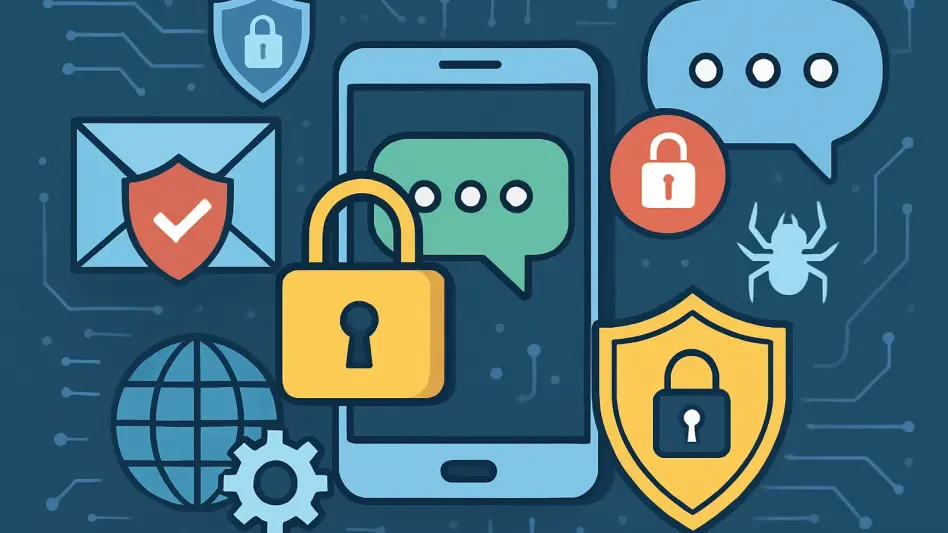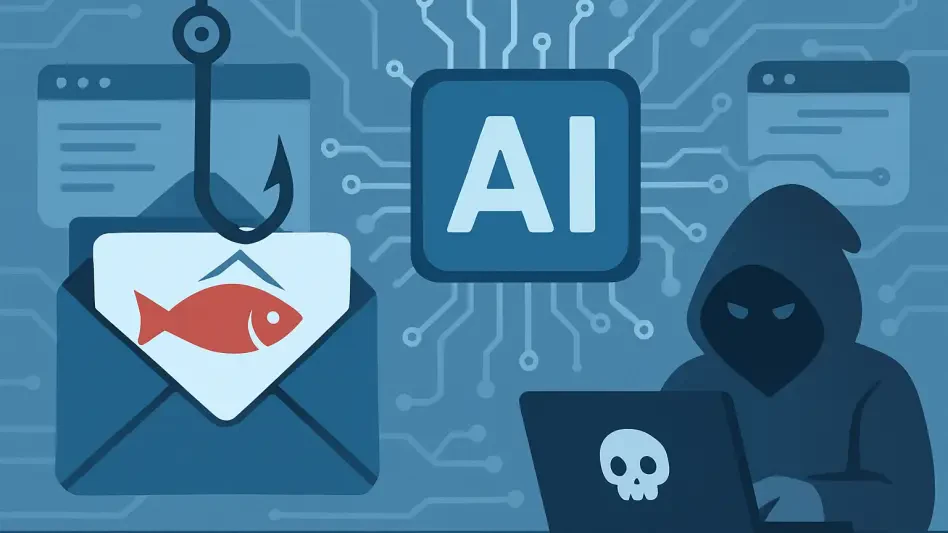In a digital landscape where security measures constantly evolve, the recent emergence of sophisticated phishing campaigns has posed a formidable challenge to Microsoft 365’s trusted ecosystem. Security experts from Guardz have discovered that these attackers have taken a more insidious approach, manipulating legitimate Microsoft 365 infrastructure to deceive users into revealing their credentials. This method not only bypasses traditional security measures but also exploits the inherent trust users place in Microsoft’s services, thus escalating the threat level within this widely-used ecosystem.
Sophisticated Techniques for Phishing
One of the most striking aspects of these innovative phishing scams is the use of authentic Microsoft services to perpetrate malicious activities. Unlike traditional methods that rely on fake domains or email spoofing, these attackers have found a way to blend malevolent intent with genuine Microsoft infrastructure. This sophisticated approach involves leveraging legitimate elements, which makes the phishing emails difficult to distinguish from actual Microsoft communications, thus evading detection by many conventional security measures.
Taking control of multiple Microsoft 365 organization tenants is central to these attacks. These tenants may be newly created accounts or compromised existing ones. Once attackers gain access, they meticulously craft administrative accounts within these organizations and send out messages that closely mimic genuine Microsoft transaction notifications. This semblance of authenticity enables them to reach their targets effectively, as recipients are less likely to question the legitimacy of an email that appears to come directly from a trusted source.
How These Attacks Are Executed
The execution of these phishing campaigns involves creating meticulously detailed Microsoft billing emails that incorporate phishing content. By utilizing trusted communication channels and subtly adjusting entity names, the attackers can create emails that appear incredibly convincing. These emails typically direct victims to contact a purported Microsoft support center via phone numbers provided in the phishing messages.
This tactic of shifting from written to voice-based interactions is particularly devious, as it allows attackers to bypass many email security controls. When victims call the provided numbers, they are connected to a malicious call center. Here, attackers use social engineering techniques to extract sensitive information from the unsuspecting victims. The seamless transition from email to voice communication not only evades conventional security measures but also increases the likelihood of successful credential theft.
Detection and Mitigation Challenges
These phishing campaigns’ reliance on Microsoft’s native infrastructure significantly complicates their detection. Traditional anti-spoofing mechanisms, Domain-based Message Authentication, Reporting & Conformance (DMARC) enforcement, and domain reputation analysis often fail to identify these threats. This inefficacy is primarily because the attacks blend so seamlessly with legitimate Microsoft communications. Dor Eisner, co-founder and CEO of Guardz, highlights this challenge, emphasizing the sophisticated nature of these exploits.
The inherent trust that users place in Microsoft’s cloud services adds another layer of complexity in mitigating these attacks. This trust is leveraged by attackers to their advantage, making it increasingly difficult for security teams to defend against such threats. The use of genuinely recognized platforms to deliver these phishing campaigns confounds even the most vigilant users, putting both individuals and organizations at a higher risk of falling prey to these scams.
Recommendations for Enhanced Security
Stephen Kowski, Field CTO at SlashNext, contends that enhancing traditional email security requires a multi-layered approach to messaging protection. To effectively combat these advanced phishing techniques, organizations should deploy real-time scanning technologies capable of identifying and neutralizing threats even after the email has been delivered. This proactive approach ensures that threats are addressed promptly, minimizing potential damage.
Moreover, Kowski advocates for adopting zero trust principles, which are predicated on the notion of continuous verification and least privilege access, regardless of the apparent trustworthiness of the source. By enforcing stringent verification protocols, even for communications from seemingly trusted domains, organizations can reduce the risk of sophisticated phishing attacks. Continuous monitoring and validation of communications can thwart attackers’ attempts to exploit trusted channels, thereby strengthening overall cybersecurity defenses.
Limiting Access and Leveraging Machine Learning
Rom Carmel, Co-Founder and CEO at Apono, underscores the importance of using Just-in-Time (JIT) permissions to limit administrative access to critical moments. This strategy reduces the window of opportunity for rogue accounts to cause harm. By granting administrative access only when necessary, organizations can significantly mitigate the risks posed by malicious modification of tenant settings or unauthorized actions by compromised accounts.
Additionally, Nicole Carignan from Darktrace highlights the critical role that machine learning tools play in modern cybersecurity frameworks. These tools are designed to understand and profile user behavior patterns, distinguishing between normal and suspicious activities. By building comprehensive behavioral profiles, machine learning algorithms can detect and prevent anomalous behavior indicative of phishing attempts or business email compromises. Such advanced analytical capabilities are essential in identifying subtle deviations that may get overlooked by traditional security systems.
Importance of Multi-Factor Authentication and Training
In today’s digital environment, security protocols are constantly evolving, but the recent rise of sophisticated phishing campaigns has significantly challenged the usually reliable Microsoft 365 ecosystem. Security specialists from Guardz have identified that hackers are now employing a more devious tactic, using legitimate Microsoft 365 infrastructure and elements to trick users into divulging their credentials. This innovative strategy not only circumvents traditional security barriers but also exploits the deep-seated trust users have in Microsoft’s services, thereby heightening the security risks within this widely-utilized platform. The attackers’ ability to leverage genuine components of Microsoft 365’s framework makes it harder to detect and prevent these phishing attempts, raising the stakes for users and administrators alike.







